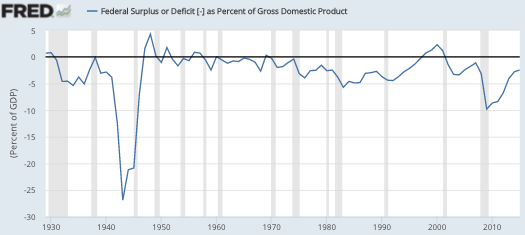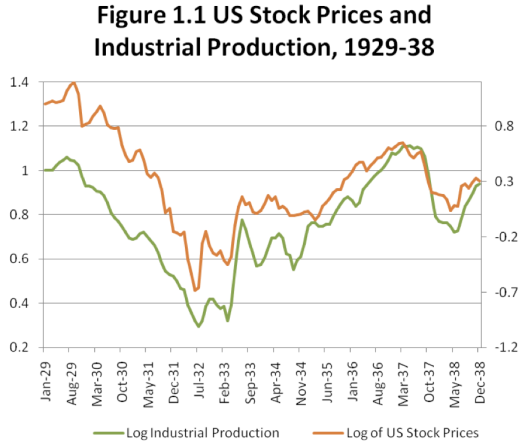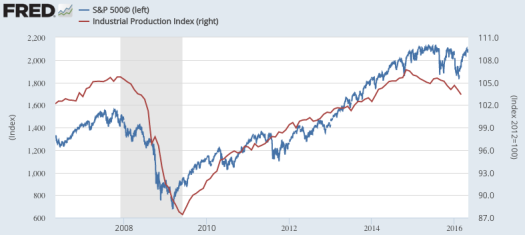Banana republic watch
Here’s The Economist:
Siren song of the strongmen
In a presidential race, a thuggish mayor leads the polls
AT MID-AFTERNOON in Dagupan City, hundreds of people sweat and jostle politely in an arena awaiting Grace Poe, one of five candidates vying to be elected president of the Philippines on May 9th. When she arrives, the crowd surges to greet her. But during her well-rehearsed stump speech, attention wavers. People shift in their seats. Some leave. Afterwards, some clamour for T-shirts she tosses from a truck, but the overall response seems more dutiful than passionate.
Ms Poe needs to do better than this to win. As the vote approaches, she appears stuck in second place; she must energise her supporters and attract more. But she seems too much of a trapo—a pun on “traditional politician” and a Tagalog word meaning “old rag”—for an electorate in an anti-establishment mood. This year, the more experienced candidates are doing worse in the polls. Battling for third and fourth position are Jejomar Binay, the vice-president, and Mar Roxas, a former cabinet minister who has been endorsed by the outgoing president, Benigno Aquino. Behind them is Miriam Defensor Santiago, a former judge who has served in all three branches of government.
The front-runner is Rodrigo Duterte (pictured, in striped shirt) a vulgar, impolitic mayor who has never sought national office, is not backed by any big party and appears wilfully ignorant on policy. His simple line—the system is broken; I’ll fix things—resonates with millions of people.
What would make Filipino voters reject traditional politicians, and go for a thug with no experience who makes empty promises to fix things?
Because the trapos are polished and cautious, Mr Duterte’s rough bluster gives him an air of authenticity. His emphasis on crime and the difficulties of urban living appeals to ordinary folk. But he has a darker side. He reportedly forced a tourist who violated Davao’s anti-smoking ordinance to eat a cigarette butt. He called the pope “a son of a bitch” and, in speaking of an Australian missionary who had been raped and murdered during a prison riot, lamented that he had not been first in line to abuse her sexually. When American and Australian authorities tweeted their disgust at the “joke”, he dared both countries—allies the Philippines needs to counter Chinese assertiveness—to cut ties.
More worrying than Mr Duterte’s boorishness is his contempt for democracy and the rule of law. He has spoken approvingly of the extrajudicial killing of suspected criminals, and sneers at Westerners who “want to rehabilitate instead of just killing” criminals. He promises to end crime within six months of his election, and says his presidency is “going to be bloody. People will die.” People who fret over human rights, he said at an event on April 27th, are “cowards”. He praised Ferdinand Marcos, a longtime dictator who was overthrown in 1986, for his ability to “change the system”. (Mr Marcos’s son is near the top of the vice-presidential polls.)
To supporters, such talk shows that Mr Duterte will get things done. “Voters don’t care about process,” says Alan Peter Cayetano, Mr Duterte’s running mate: they just want things to work. Another Philippine politician once said something similar: “The times are too grave and the stakes too high for us to permit the customary concessions to traditional democratic processes.” That was Marcos in 1973, months after he declared martial law. He went on to torture and kill thousands of his countrymen.
Contempt for the rule of law?
Fake “authenticity”?
Torture?
Arguing with the Pope?
Threats of violence?
Tasteless sexist jokes?
Mindless nationalism and bluster?
Wilfully ignorant of policy?
Simplistic claims that he’ll fix things?
What’s wrong with Filipino voters? Is the Philippines some sort of banana republic? Maybe we should cut off immigration from the Philippines. We wouldn’t want that sort of person moving here to vote, messing up our wonderful democracy.
PS. The Economist also has an editorial on the subject, in the same issue:
Ahead of the ballot on May 9th, the field is narrowing to two leading candidates. One is Grace Poe, a foundling, adopted daughter of an action-man actor (the late Fernando Poe junior, a failed presidential candidate), and now a telegenic senator. She promises continuity with Mr Aquino’s pro-business policies, but her CV is thin and her campaign lamentably vacuous.
The front-runner, Rodrigo Duterte, is downright alarming. The mayor of the southern city of Davao, he likes to play the hard man. . . .
If he does not get his way within a year of being elected, he says he will declare a “revolutionary government”. . . .
The leading candidates thus present voters with a ghastly choice between vapidity and vigilantism; neither shows any sign of being up to tackling the many serious issues facing an archipelago of some 100m people. . . .
President Aquino (the son of a former president) has endorsed Mar Roxas, the competent interior minister (and grandson of an ex-president), in an attempt to institutionalise some sort of party system. Alas, Mr Roxas is a hopeless campaigner and is far behind in the polls.
What should Filipinos do? This newspaper’s view is that the dull but diligent Mr Roxas would make the best next president. But if on May 9th he obviously has no chance of winning, then they should swing behind Ms Poe. Better the novice foundling, surely, than the beast of Davao.
I agree. If the best man has no chance, voters need to hold their noses and vote for the vacuous woman. The beast must be stopped, at all costs.
PS. Niall Ferguson has some very interesting comments about populism around the world, I particularly liked his remarks on how Latin America seems to be coming out of the populist nightmare, just as the rest of the world is flirting with the idea. Interestingly, he finds one of the US candidates to be right on the borderline between populism and fascism. But hey, Ferguson obviously doesn’t know much about history. Not like my commenters.





